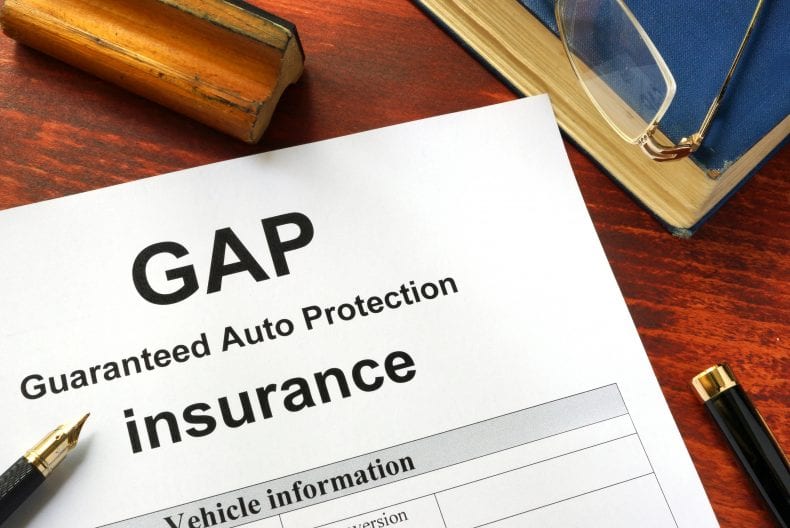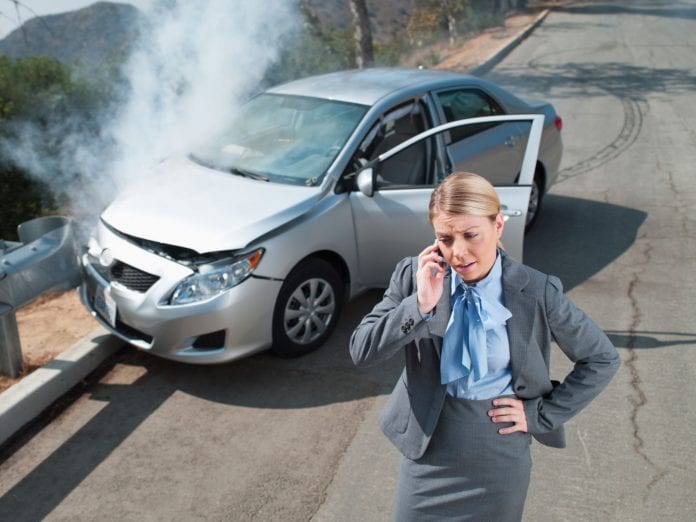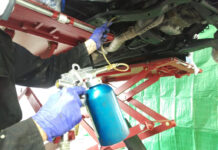There are a lot of costs you’d rather avoid when it comes to running a car. Unfortunately, things like your insurance, tax and essential maintenance are unavoidable if you want to stay on the roads safely and legally.
There are, alongside the essentials, a number of additional costs that many would deem unnecessary. Guaranteed asset protection (GAP) insurance is one of those additional extras, often dismissed as an unwanted and unneeded cost. In fact, GAP insurance, in the right circumstances, can provide significant financial benefit to policy holders.

But what are those circumstances exactly? This is a brief guide to what GAP is and when you should be buying it.
What’s is GAP?
The new car market is subject to harsh and immediate depreciation. In the first year after purchase, a new car can lose up to a third of its value. By the three-year mark, over half of the initial sale price could be gone. Naturally, this sort of rapid depreciation is of concern to many new car owners.
Say you’ve had an incident where your car is written off or stolen. Your fully comprehensive insurance will pay out for a replacement, but only at your car’s current market value. That means you, the policy holder, are exposed to a potentially sobering net loss against the original price you paid.

GAP insurance covers the difference between your car’s current value and the price you paid. It comes in a number of different forms, but fundamentally it’s designed to protect you from the financial impact of depreciation. There are various types of GAP to cover value discrepancy, car replacement and long-term finance deals, all which ‘make up the balance’ so you’re not out of pocket following a serious event.
When Should You Be Looking at GAP?
As a general rule of thumb, the newer your car is, the more GAP insurance should offer value and benefit to you.
For new car owners sat in the one to three-year depreciation danger zone, GAP insurance potentially covers thousands worth of pounds of market losses. Likewise, if you want a brand-new replacement car rather than a current market value replacement, GAP insurance can help.

If you’re tied into a costly long-term finance deal, a write off could leave you carless but still with the rest of your contract to honour. GAP insurance can bridge the gap between your comprehensive cover’s pay-out and the remaining loan payments, which can be a painful financial burden to have considering you’re putting money into thin air.
Essentially, if you’ve made an investment into a vehicle that is vulnerable to a significant drop off in value or demands a long-term financial commitment from you, GAP insurance could be the safety blanket you need to secure your asset.
Does it Make Sense for Everyone?
The short answer is no.
Just as GAP insurance tends to make more sense to new car owners, it makes less to those buying in the used car market. When you buy a used car, its likely faced the majority of its depreciation already, rendering the impact of GAP cover much less significant. Likewise, if you’d be happy with a current value replacement rather than a sparkling new one, you don’t need GAP insurance.

Finally, brand new car owners may find themselves initially covered by their conventional comprehensive policy. A lot of fully comprehensives come with a ‘new car replacement’ feature, which offers a full replacement on any car written off that’s under 12 months old. This means certain fully comprehensive premiums can nullify GAP insurance within the first year, but this is something you should check on your policy.
It all comes down to your personal circumstances and preferences. If you fear depreciation, GAP could be the move. If not, you’ll probably be fine without. The good news, if you do decide it’s for you, is that trusted GAP providers offer multi-year coverage for just £100-£300. If you’ve just spent big money on a shiny new motor, it could be a very wise investment indeed, just don’t believe in widely known auto insurance myths. For more information on GAP insurance take a look at ALA.









